Home>Technology>Security & Surveillance>How To Lock Garage Door After Manual Release
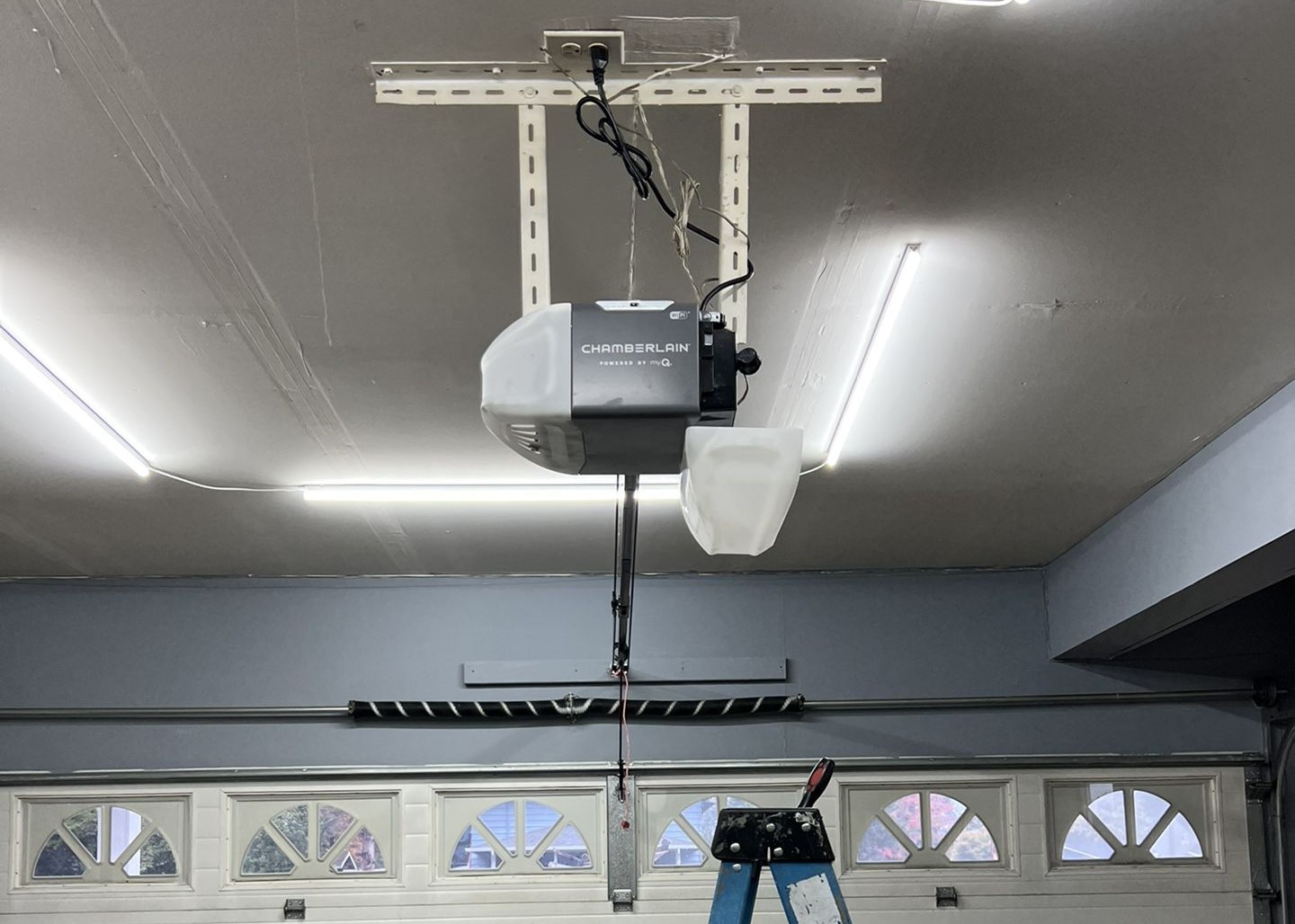

Security & Surveillance
How To Lock Garage Door After Manual Release
Modified: February 23, 2024
Learn how to secure your garage door after a manual release for improved security and surveillance. Follow our step-by-step guide. Protect your home today!
(Many of the links in this article redirect to a specific reviewed product. Your purchase of these products through affiliate links helps to generate commission for Storables.com, at no extra cost. Learn more)
**
Introduction
**
So, you've found yourself in a situation where you need to manually release your garage door from its automatic opener. This can happen due to power outages, mechanical failures, or other unforeseen circumstances. While manual release provides a quick solution to open the garage door during such events, it's crucial to ensure the door is securely locked afterward to maintain the safety and security of your home.
In this article, we'll delve into the essential steps to effectively lock your garage door after performing a manual release. Understanding this process is vital for safeguarding your property and belongings, as a properly secured garage door acts as a primary barrier against unauthorized access.
Let's explore the manual release mechanism, the subsequent steps to lock the garage door securely, and important safety precautions to keep in mind. By familiarizing yourself with these key aspects, you'll be well-equipped to handle manual release situations with confidence and ensure the protection of your home and loved ones.
**
Key Takeaways:
- After manually releasing a garage door, it’s crucial to follow specific steps to securely lock it. This ensures the safety of your home and prevents unauthorized access.
- Prioritize safety precautions when dealing with manual release and garage door operation to prevent accidents and maintain a secure environment for your family.
Read more: How To Lock A Garage Door Manually
Understanding the Manual Release Mechanism
**
Before delving into the process of locking the garage door after a manual release, it's essential to understand the manual release mechanism itself. The manual release feature serves as a safeguard that allows you to disengage the garage door from the automatic opener in the event of a power outage or opener malfunction. This feature typically involves a red cord or handle that hangs from the garage door opener system.
When you pull the red cord or handle, it disengages the trolley from the opener carriage, enabling you to manually lift the garage door. This action effectively bypasses the automatic opening system, allowing you to operate the door manually until the issue with the opener is resolved.
It's important to note that once the manual release is activated and the garage door is manually lifted, the door is no longer secured by the automatic opener. This means that without proper re-engagement and locking, the door can be easily opened from the outside, posing a security risk to your property.
Understanding the function and implications of the manual release mechanism underscores the significance of promptly securing the garage door after its manual operation. Failing to do so could leave your home vulnerable to unauthorized access and compromise the safety of your belongings.
Now that we have a clear understanding of the manual release mechanism, let's proceed to the essential steps for locking the garage door after a manual release.
**
Steps to Lock the Garage Door After Manual Release
**
After performing a manual release of your garage door, it’s crucial to follow specific steps to ensure that the door is securely locked, thereby maintaining the safety and security of your property. Below are the essential steps to lock the garage door after a manual release:
- Close the Door: Once you have completed the necessary tasks that required the manual release, carefully lower the garage door until it reaches the fully closed position. Ensure that the door is aligned properly and securely in place before proceeding to the next step.
- Engage the Operator: Locate the red cord or handle used for the manual release. Gently pull the cord in the direction of the garage door to re-engage the automatic opener. You should hear a distinct clicking or snapping sound, indicating that the trolley is successfully reconnected to the opener carriage.
- Test the Automatic Function: After re-engaging the automatic opener, test the door’s automatic function by activating the opener using the wall-mounted button or remote control. Observe the door as it opens and closes to ensure that the re-engagement process was successful.
- Activate the Locking Mechanism: Many garage doors are equipped with a built-in locking mechanism, typically operated by a handle or knob located on the inside of the door. Activate the locking mechanism to secure the door in the closed position. This adds an extra layer of security, preventing unauthorized entry even if the automatic opener is tampered with.
- Verify the Security: Once the locking mechanism is engaged, visually inspect the garage door to confirm that it is securely locked and unable to be opened from the outside. Check that the door is fully closed, the locking mechanism is functioning correctly, and there are no visible gaps or vulnerabilities.
By diligently following these steps, you can effectively lock your garage door after a manual release, mitigating the risk of unauthorized access and enhancing the overall security of your home.
Now that we’ve covered the essential steps for locking the garage door after a manual release, it’s important to consider additional safety precautions to further safeguard your property and loved ones.
**
After manually releasing the garage door, use a padlock or slide bolt to secure the door from the inside. This will prevent unauthorized access and keep your garage secure.
Safety Precautions
**
While addressing the manual release and subsequent locking of your garage door, it’s vital to prioritize safety measures to prevent accidents and ensure the well-being of everyone involved. Here are important safety precautions to keep in mind:
- Caution During Manual Operation: When manually lifting or lowering the garage door, exercise caution to avoid straining yourself or causing injury. The door may be heavier than expected, so use proper lifting techniques and seek assistance if needed.
- Clear the Surrounding Area: Before initiating the manual release or re-engaging the automatic opener, ensure that the area around the garage door is clear of any obstructions or hazards. This includes vehicles, equipment, and any stored items that could impede the door’s movement.
- Children and Pets: Keep children and pets at a safe distance during the manual release process and subsequent door operation. Emphasize the importance of not standing or playing near the moving door to prevent accidents or entrapment.
- Regular Maintenance: To minimize the likelihood of manual release situations and ensure the overall safety and functionality of your garage door, prioritize regular maintenance and inspections. This includes lubricating moving parts, checking the condition of cables and springs, and addressing any issues promptly.
- Emergency Contact Information: In the event of a malfunction or emergency situation involving the garage door, ensure that you have relevant contact information readily available. This may include the contact details of a trusted garage door service provider or technician who can assist with repairs and troubleshooting.
By adhering to these safety precautions, you can effectively mitigate potential risks associated with manual release and garage door operation, fostering a secure and hazard-free environment for you and your family.
With a comprehensive understanding of the manual release mechanism, the essential steps to lock the garage door after manual release, and the critical safety precautions to observe, you are well-equipped to navigate manual release scenarios with confidence and diligence.
Remember, prioritizing safety and security not only safeguards your property but also promotes peace of mind, allowing you to address unexpected situations effectively while maintaining the well-being of your household.
**
Conclusion
**
Securing your garage door after performing a manual release is a fundamental aspect of maintaining the safety and security of your home. By understanding the manual release mechanism and following the essential steps to lock the garage door, you can effectively mitigate the risk of unauthorized access and protect your property and belongings.
It’s important to approach manual release situations with a proactive mindset, ensuring that the door is promptly secured after its manual operation. This not only prevents potential security breaches but also contributes to the overall resilience of your home’s defense mechanisms.
Moreover, the emphasis on safety precautions underscores the significance of prioritizing the well-being of everyone involved in the manual release and garage door operation. By adhering to safety guidelines and promoting a hazard-free environment, you can mitigate the likelihood of accidents and promote a secure setting for your family and visitors.
As you navigate the intricacies of garage door maintenance and operation, remember that a well-maintained and properly secured garage door is a cornerstone of home security. Regular inspections, timely repairs, and a thorough understanding of the manual release process empower you to address unexpected scenarios with confidence and competence.
Ultimately, the knowledge and proactive measures discussed in this article serve as pillars of preparedness, enabling you to effectively handle manual release situations and fortify the security of your home. By integrating these practices into your home maintenance routine, you contribute to a resilient and secure living environment for you and your loved ones.
With a steadfast commitment to safety, security, and informed action, you can navigate manual release scenarios with confidence, ensuring that your garage door remains a reliable guardian of your home’s security.
Frequently Asked Questions about How To Lock Garage Door After Manual Release
Was this page helpful?
At Storables.com, we guarantee accurate and reliable information. Our content, validated by Expert Board Contributors, is crafted following stringent Editorial Policies. We're committed to providing you with well-researched, expert-backed insights for all your informational needs.
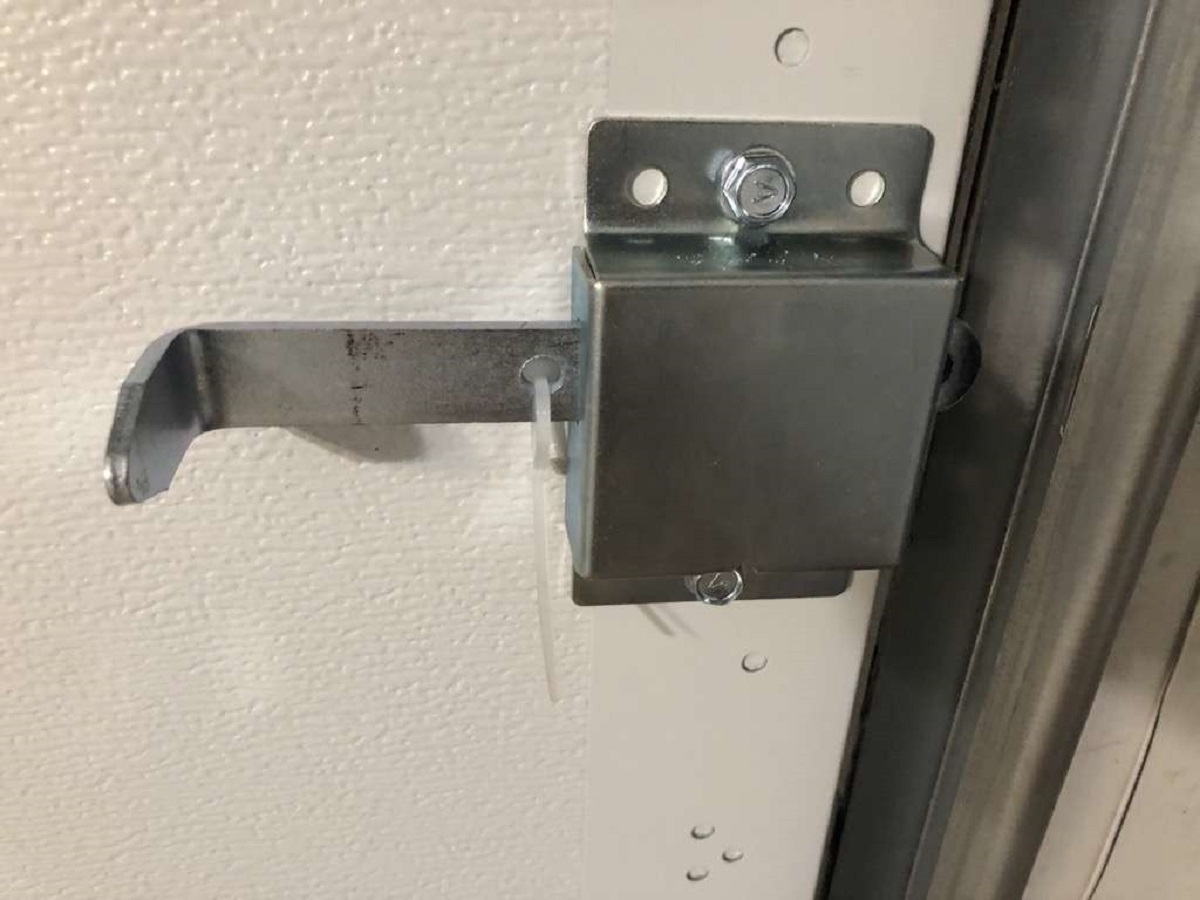
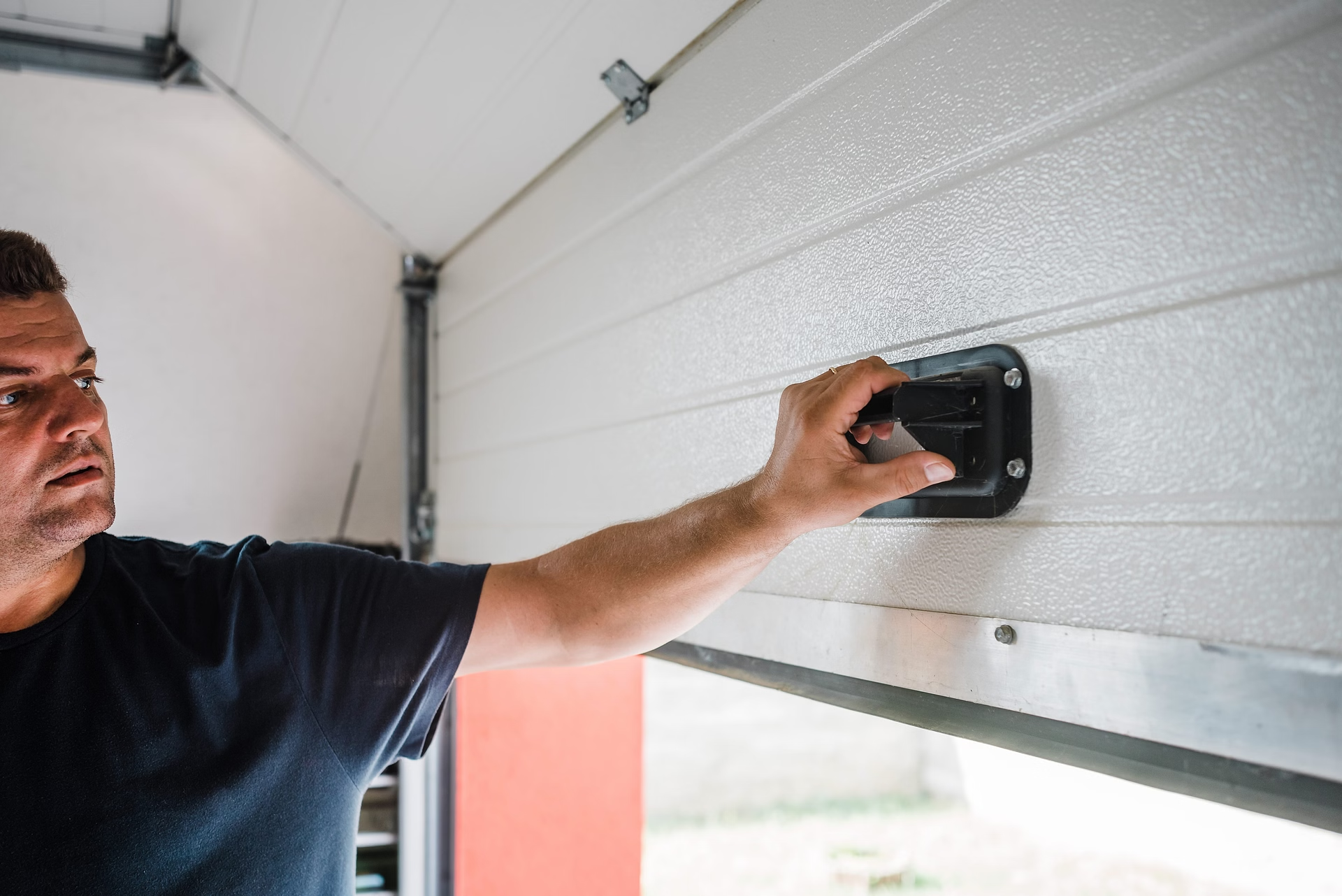
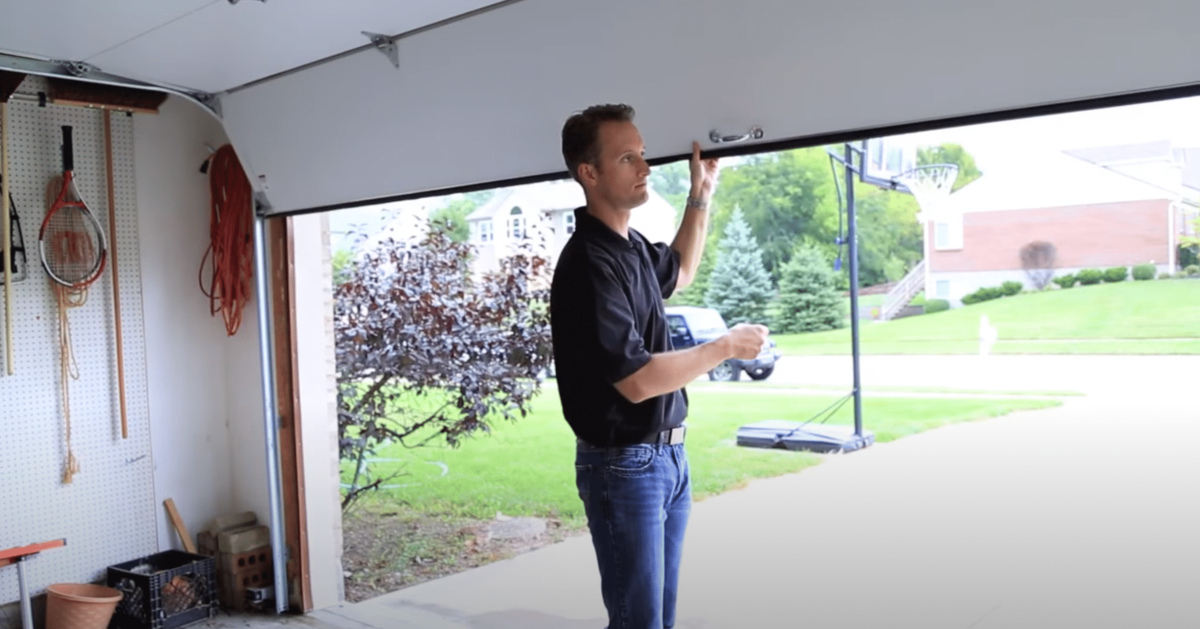
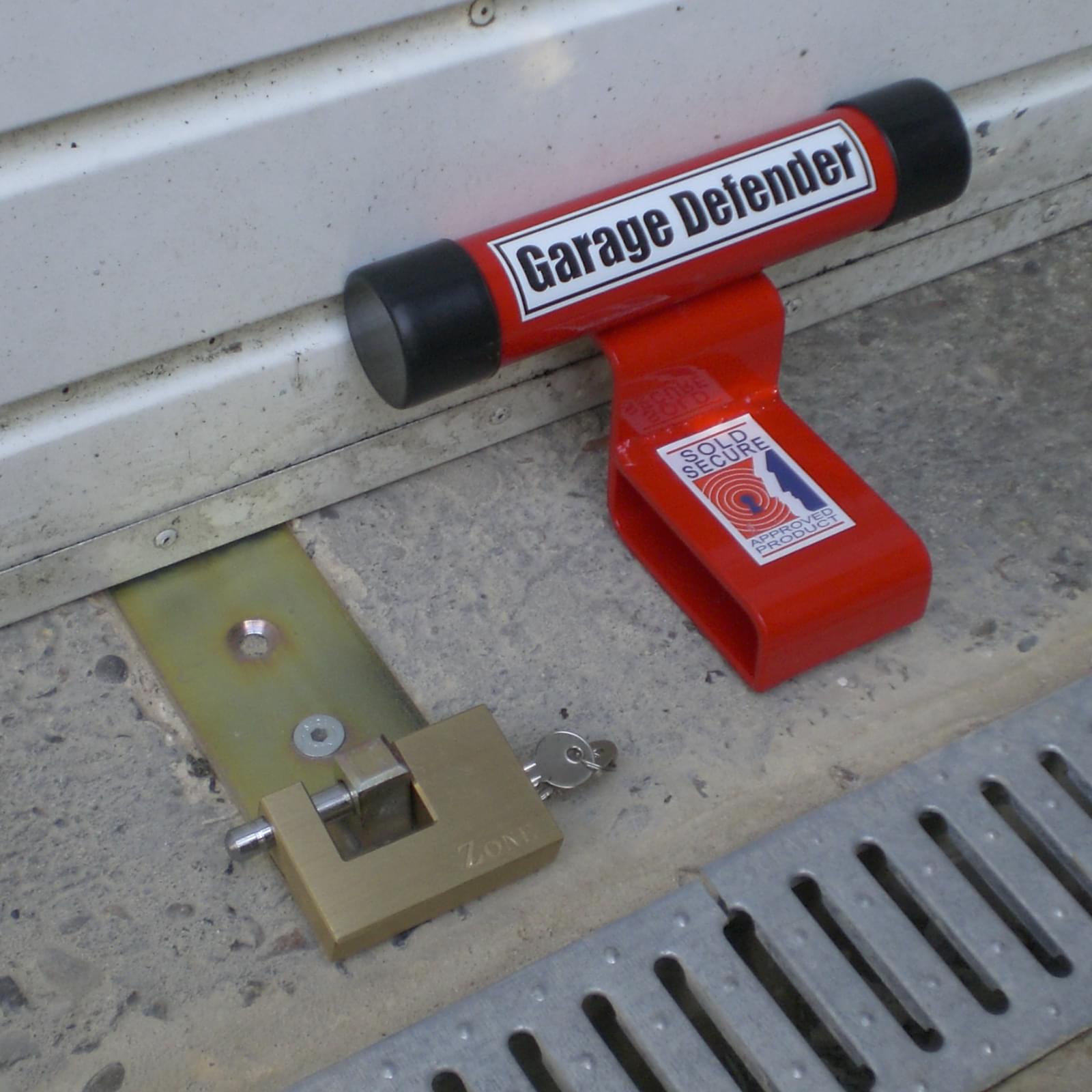
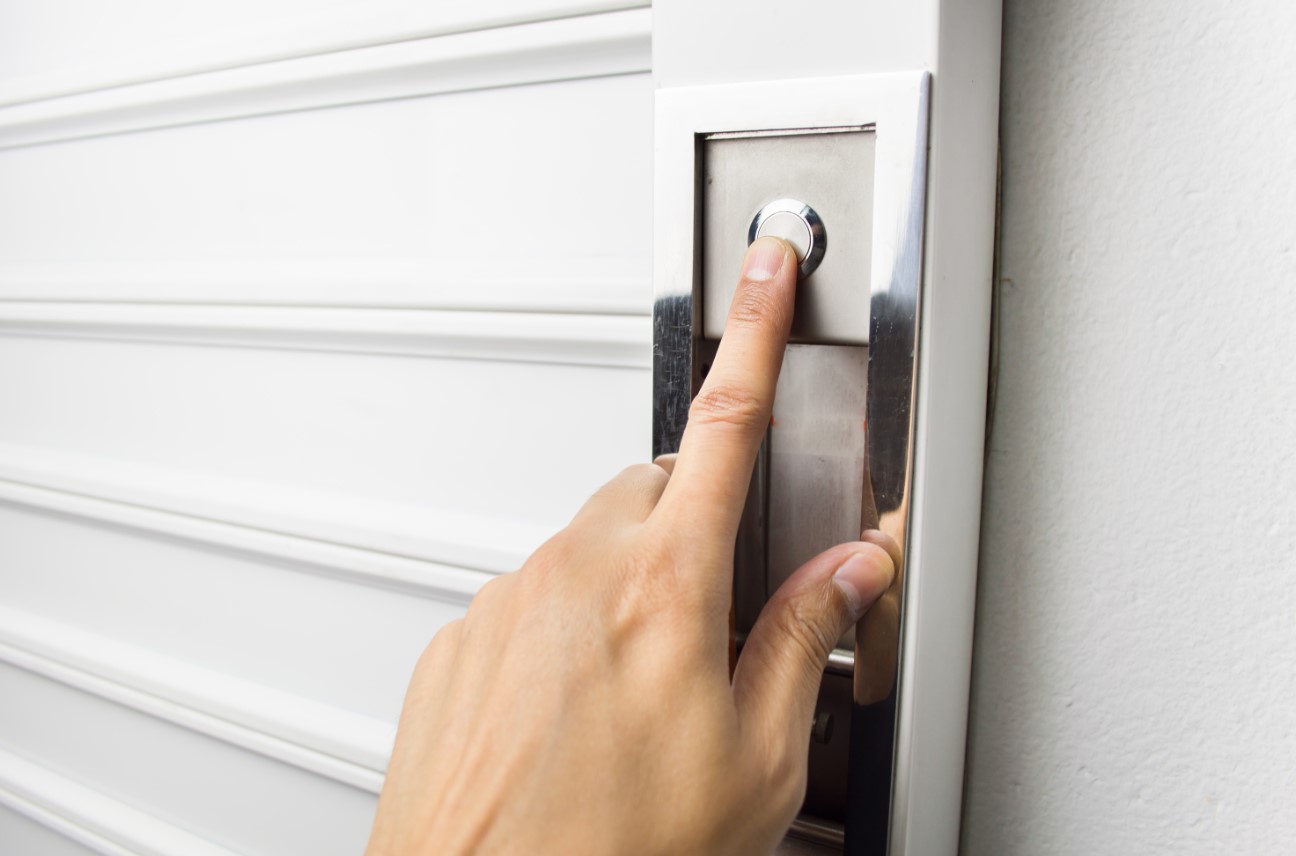
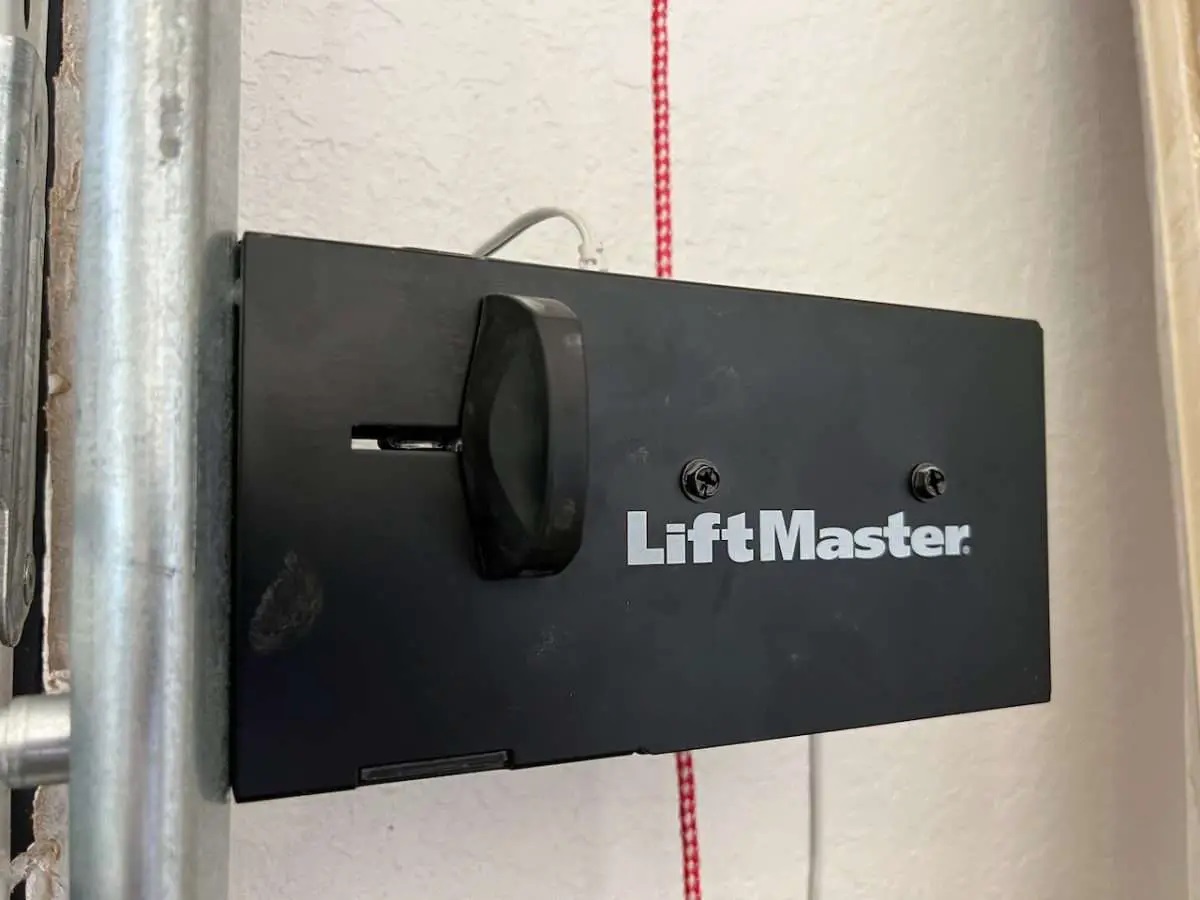
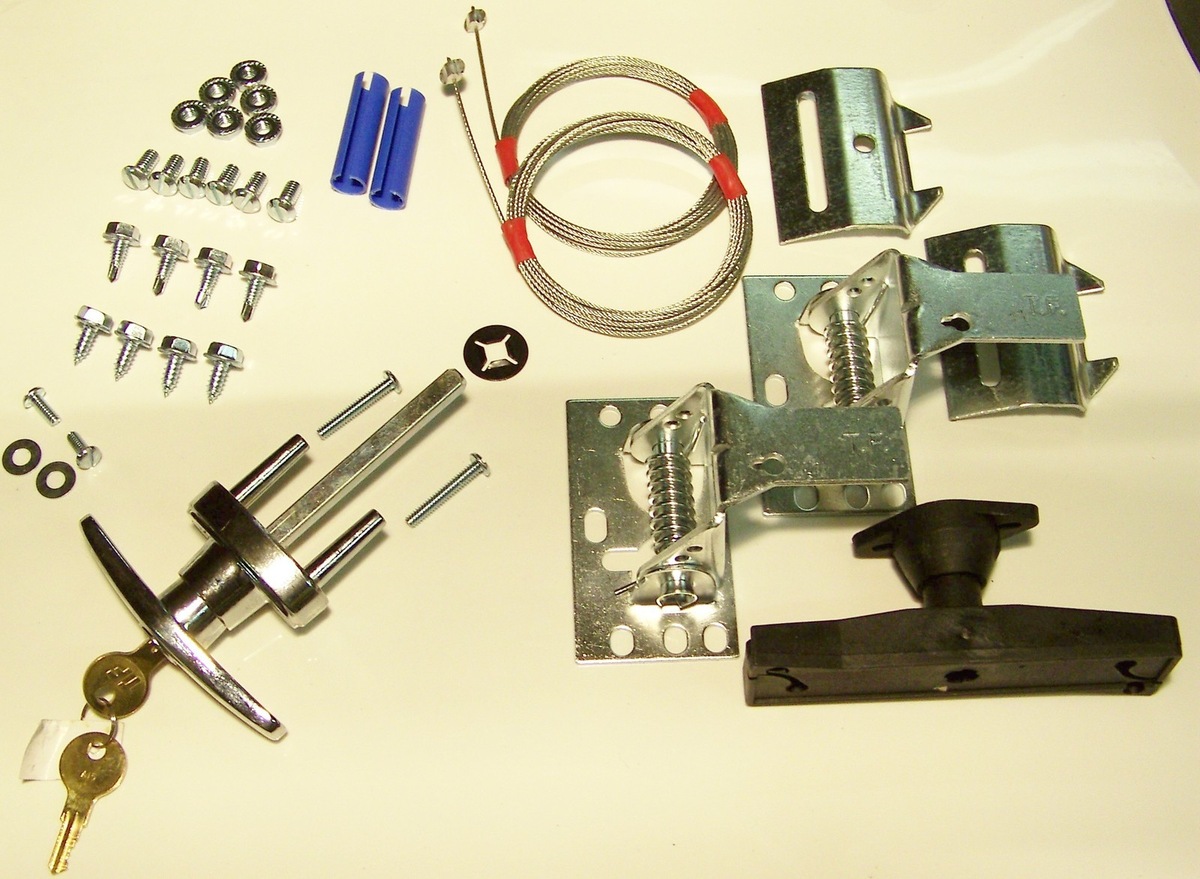
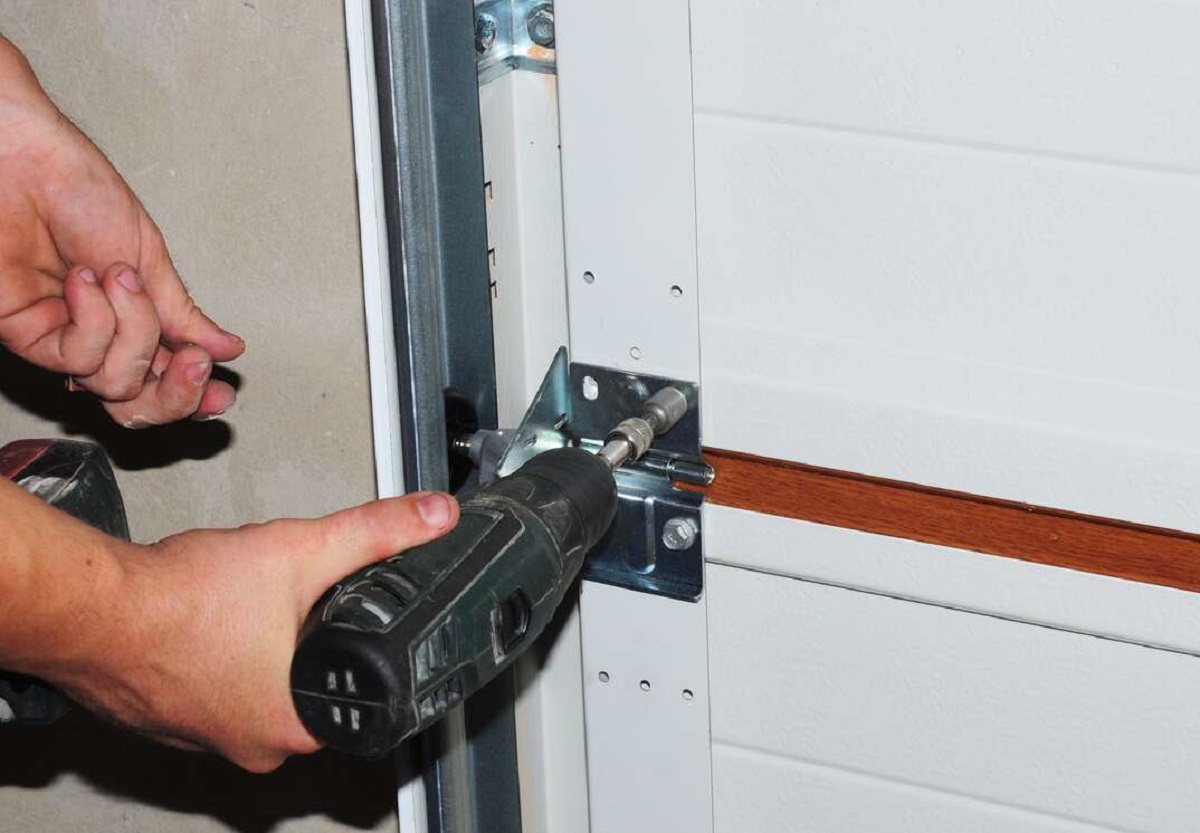
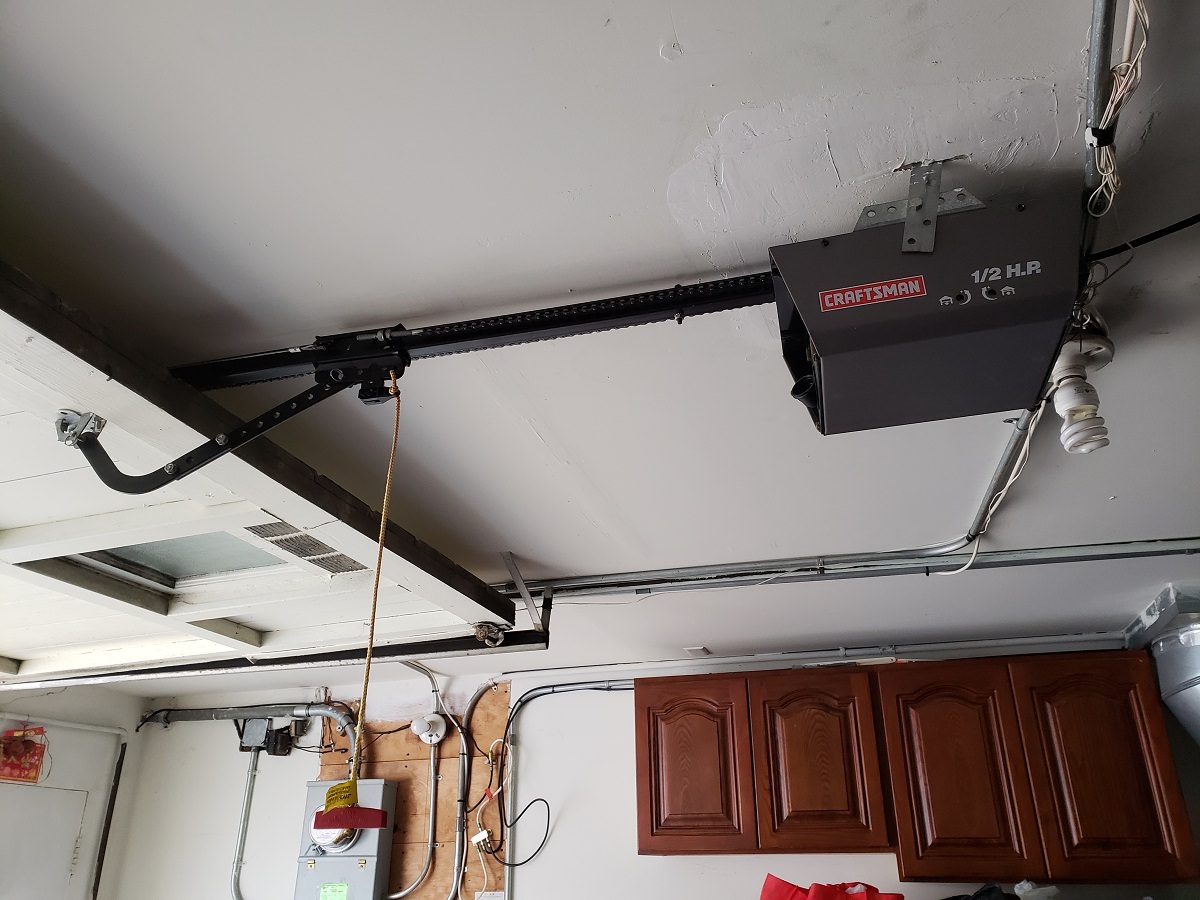
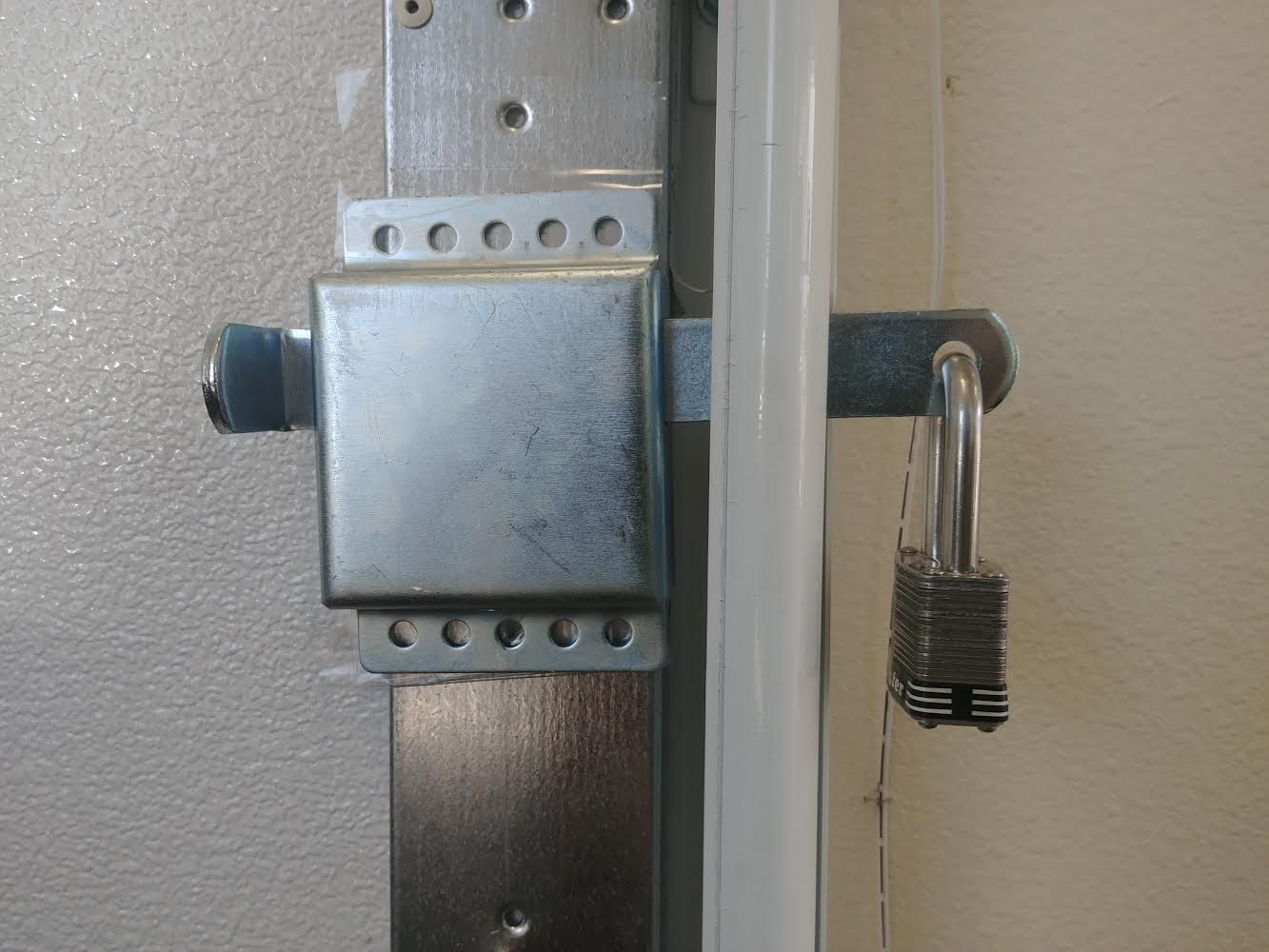
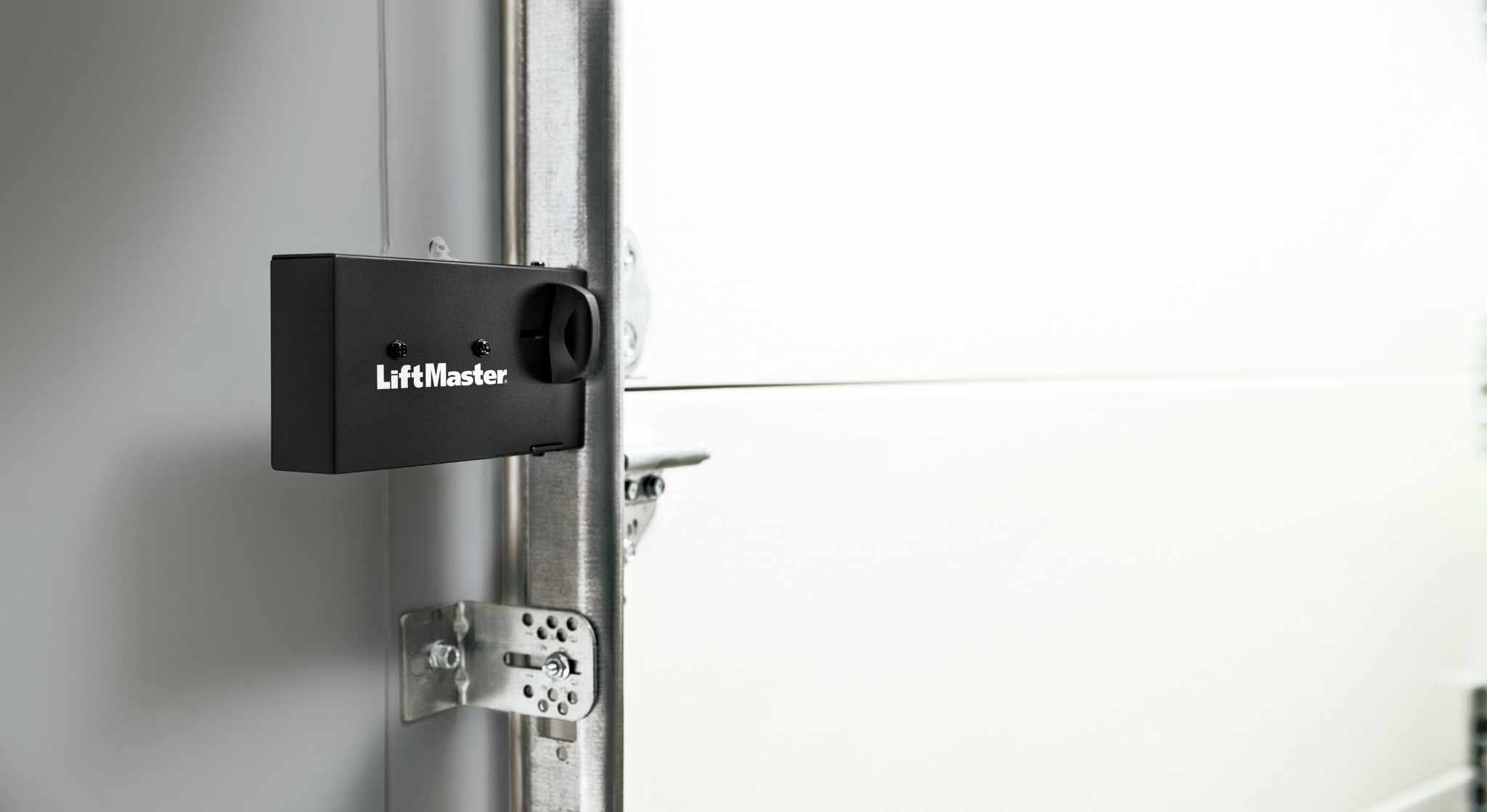
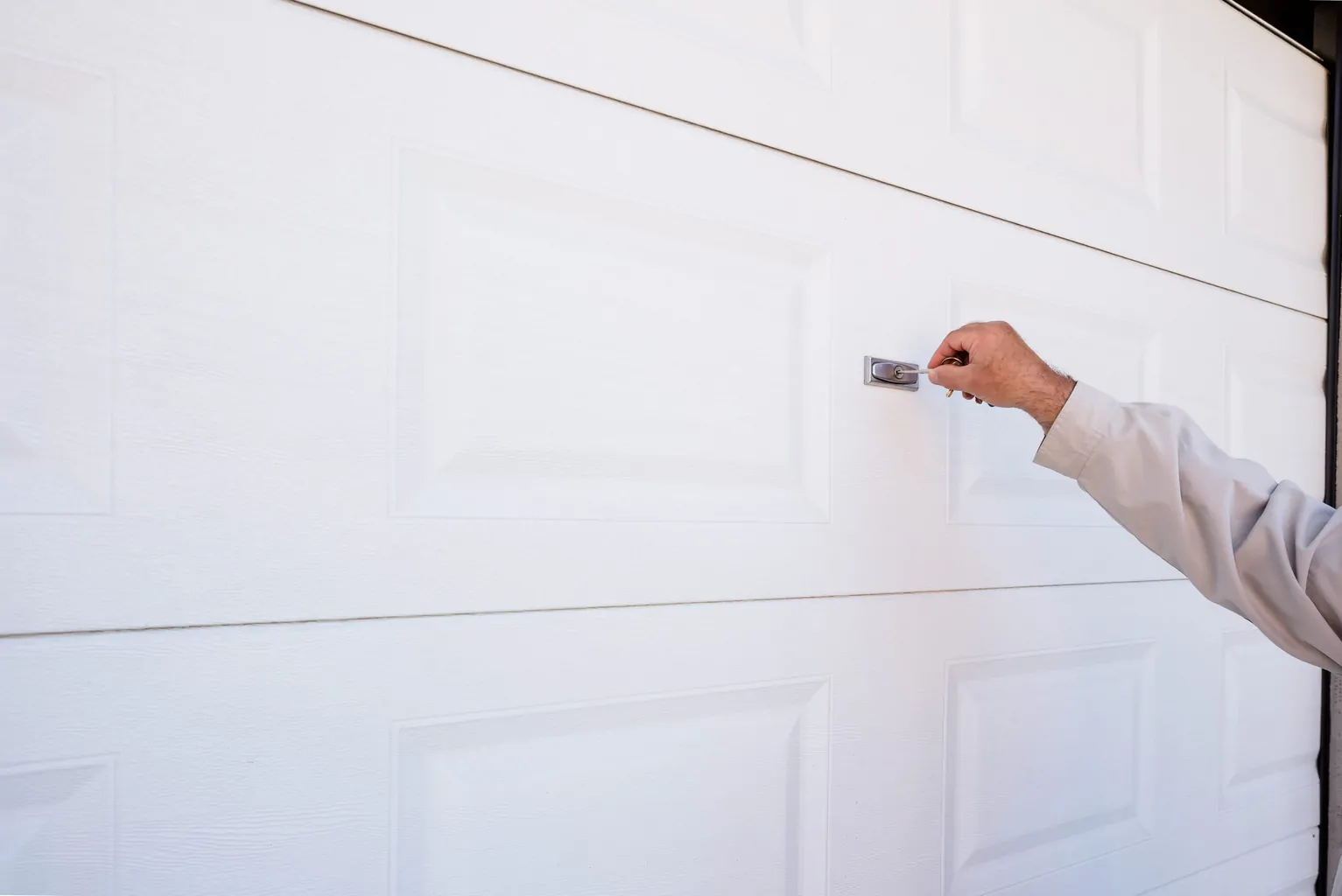
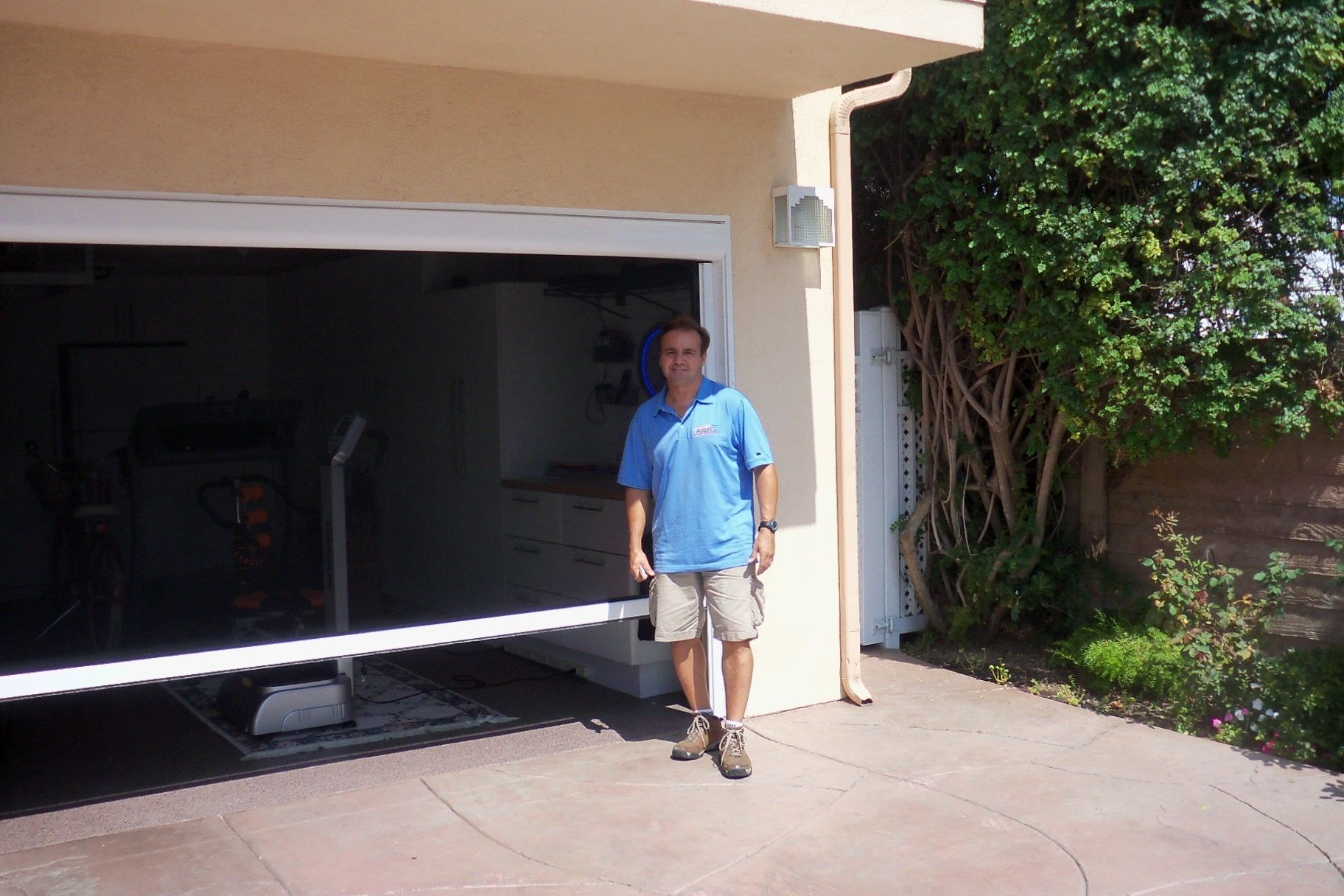
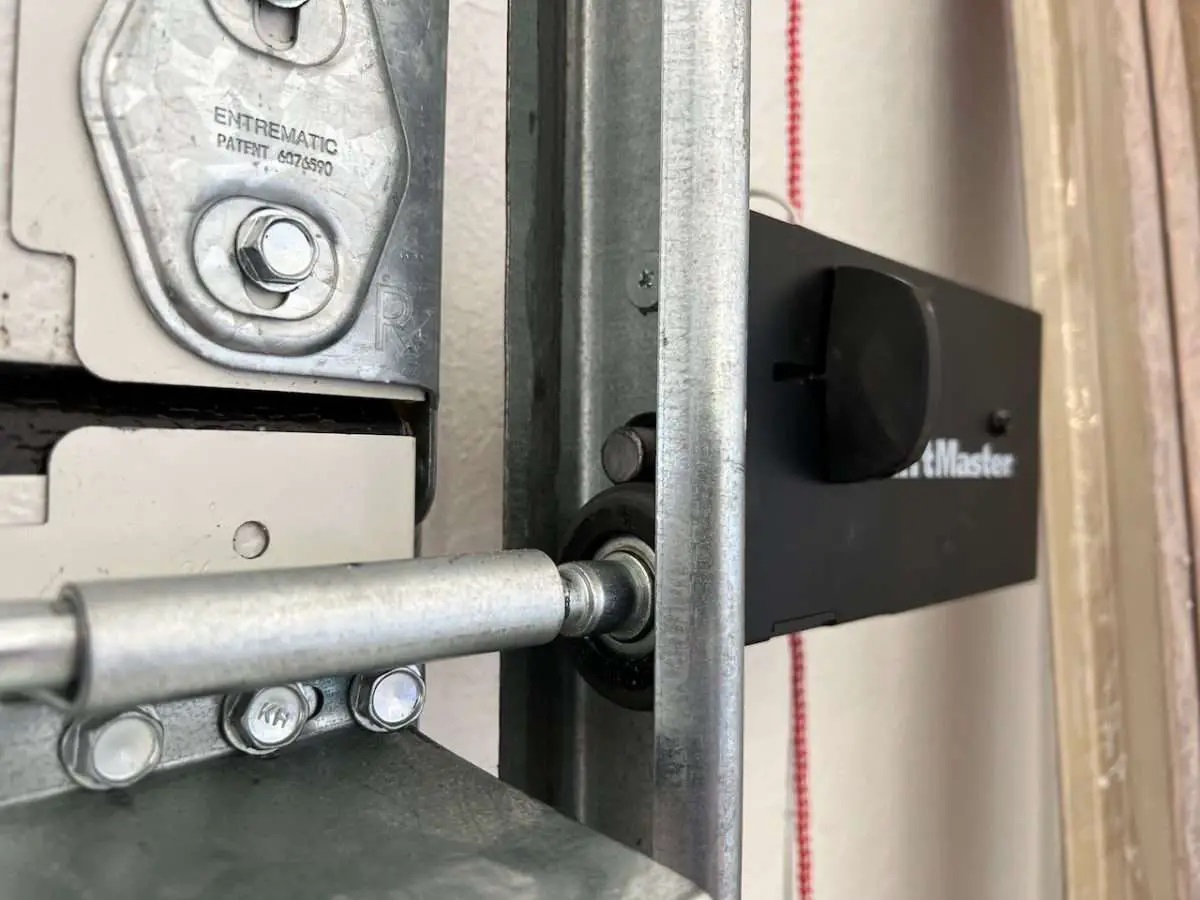
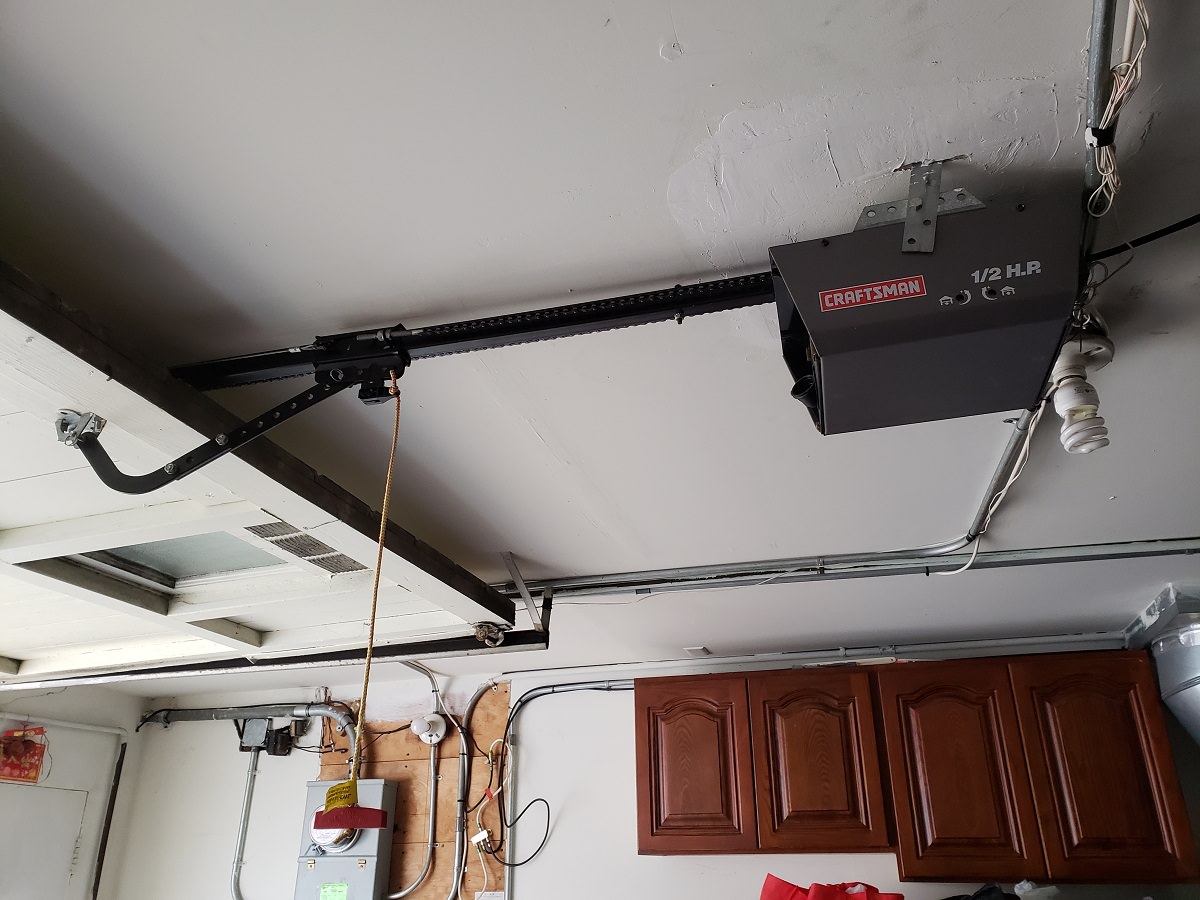

0 thoughts on “How To Lock Garage Door After Manual Release”